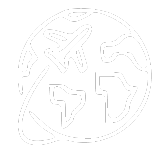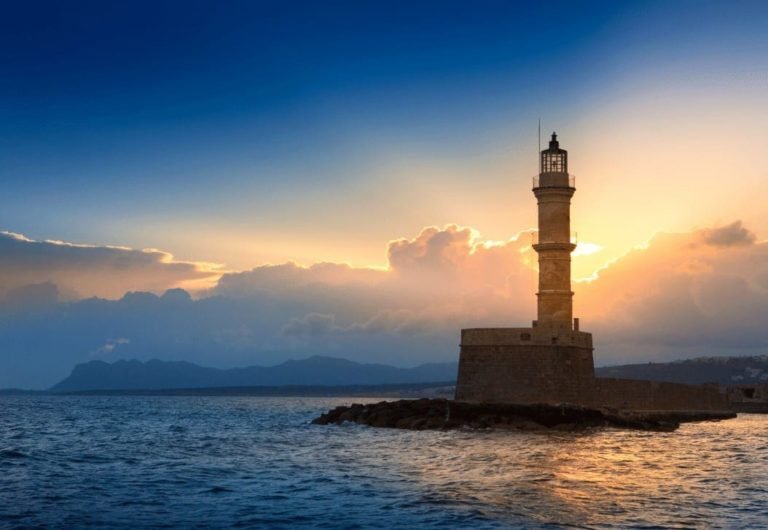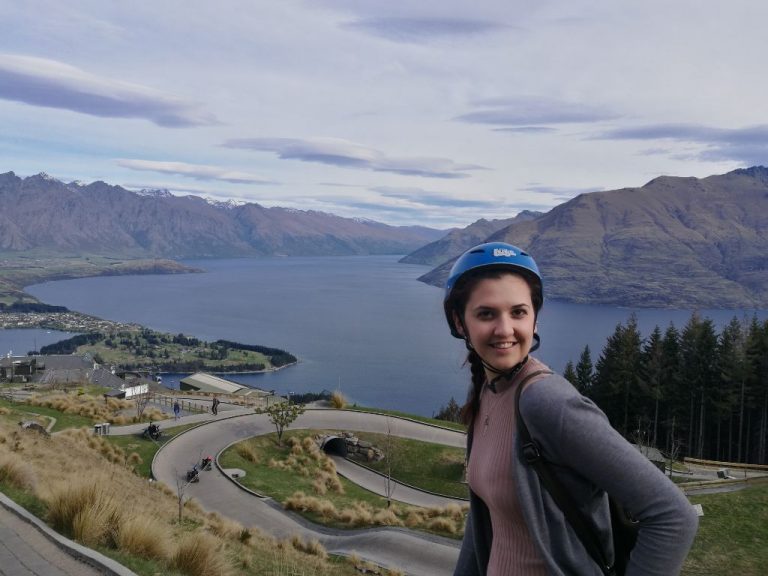This article may contain affiliate links. When you purchase something we recommend, we make a small commission. You don’t pay anything extra. 💘 For more details, check out our Terms of Use page.
Mention the Pomakohoria or Pomak villages in Greece and you’ll get a mix of reactions.
Mostly blank stares, vague associations with “the Muslims up north,” or just plain uncertainty. But ask someone from an older generation, and they might remember a part of Greece that, while technically within the country, was treated like a separate world. For decades, this area was designated a restricted zone. You couldn’t just drive in. You needed papers and a very specific reason to be there.
That era is over, but the traces are still there.
So let’s take a trip through these villages… places that aren’t your typical tourist stops. No beach bars, no glossy souvenir shops. Just forested mountains, stone-built homes, hot springs, and a sense that time slowed down here, or maybe just moved differently altogether.
For anyone curious to explore a different side of Greece, one that’s shaped by borders, identity, and resilience, this loop through the Pomakohoria of Xanthi is something special.
And yes, you should definitely visit.
Table of Contents
ToggleSo where exactly are the Pomakohoria?
You’ll find them in northern Greece, in the region of Thrace, just north of Xanthi and close to the borders with Bulgaria and Turkey. These villages are scattered through the Rhodope mountains, often perched on steep slopes or tucked into forested valleys. Many sit at high altitudes, surrounded by thick greenery, rivers, and winding roads that make the journey part of the experience.
Even in the middle of summer, the area stays surprisingly green. And as soon as you leave Xanthi and head north, you feel the shift. Not just in landscape, but in atmosphere.
There are over 160 Pomak villages across Greece, though this guide focuses on the ones in Xanthi, where the cultural layering and dramatic setting make them especially worth visiting. There are also Pomak communities in Bulgaria, especially in the provinces of Kardzhali and Smolyan.
The people here, the Pomaks, are a Muslim minority with their own language and cultural traditions. For much of the 20th century, their villages were under strict state control. Movement in and out was limited, and many Greeks were unaware this part of the country even existed. It’s hard to imagine now, but just a few decades ago, you needed special permission just to visit.
Things have changed, but that history still lingers. You feel it in the roads, in the way people speak, and in the quiet strength of the communities. The villages feel different because they are different. And that’s exactly why they’re worth seeing for yourself.
Start from Xanthi and bring a car
The easiest way to do this trip is from Xanthi. You can also start from Thessaloniki, Komotini, or Kavala. Either way, you’ll need a car. In winter, a 4×4 is best. The roads are mostly fine but can get tricky when it snows. The area is beautiful all year, but the weather can change fast.
I use and compare prices for car rentals, with Discovercars.com. It is a giant rental and comparison site on the market and it has a lot of perks that make sense if you travel often.
Once you head to Discover Cars, you’ll find an easy search engine to filter by location, dates and pick up location.
Tip: Always check a few different pick up locations when booking a rental car.
Pomakohoria: driving route
First stop: Echinos
Just a short drive from Xanthi, Echinos is a good place to start your loop.
The village sits by the river and has a steady, grounded rhythm. It’s worth stopping for a coffee and a walk through the narrow alleyways. If you have time, head uphill, you’ll find quiet corners, roaming cats, and views that stretch across the valley.
Echinos also has wartime history. During World War II, a large bunker was built here as part of Greece’s eastern defense line. The tunnels stretch over 2 kilometers inside the hillside. In April 1941, after heavy fighting, the bunker fell to Nazi forces. A monument to the fallen soldiers stands near the cemetery, overlooking the village.
The cemetery itself says a lot. On one side, you’ll find Muslim graves, often marked simply with flowers, and no crosses. On the other side of the river, there’s a Christian church — and across the rooftops, you can spot three minarets. That visual mix, minarets, church, and mountain silence, tells you what kind of place this is: layered, quiet, and deeply tied to its history.
Traditionally, many Pomaks in Echinos and the surrounding area worked in the tobacco trade, especially cultivating basma tobacco, a high-quality aromatic variety that helped make Eastern Macedonia and Thrace famous in the 19th century. Today, the legacy remains, along with the village’s role as a cultural and economic center in the mountains.
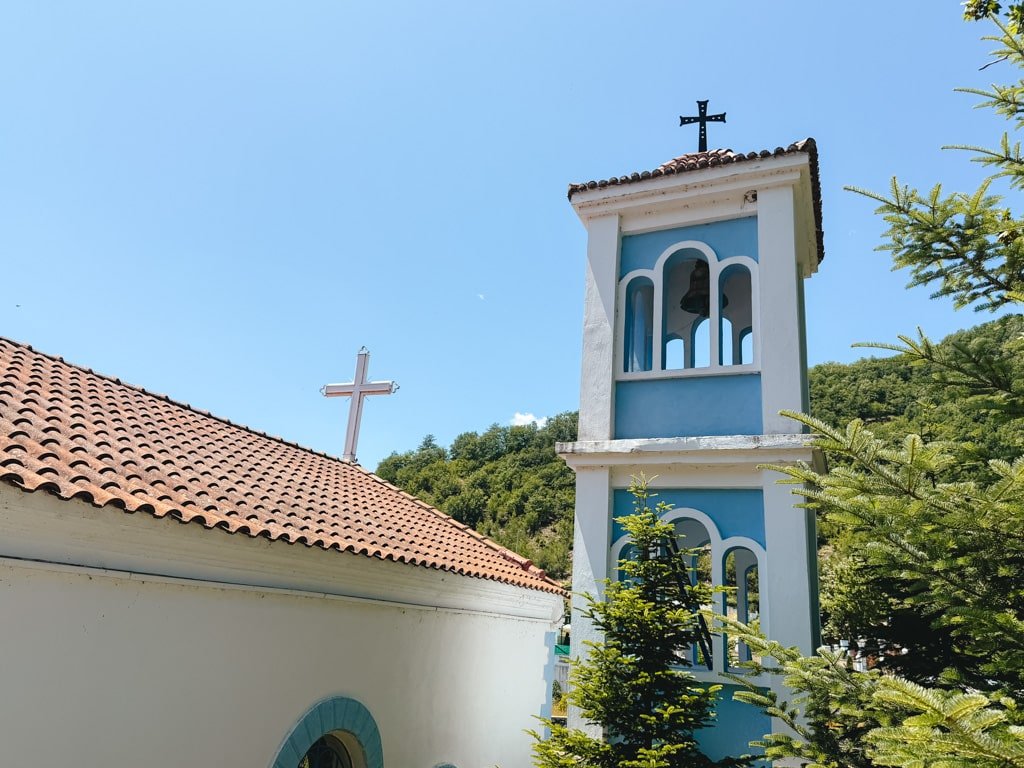
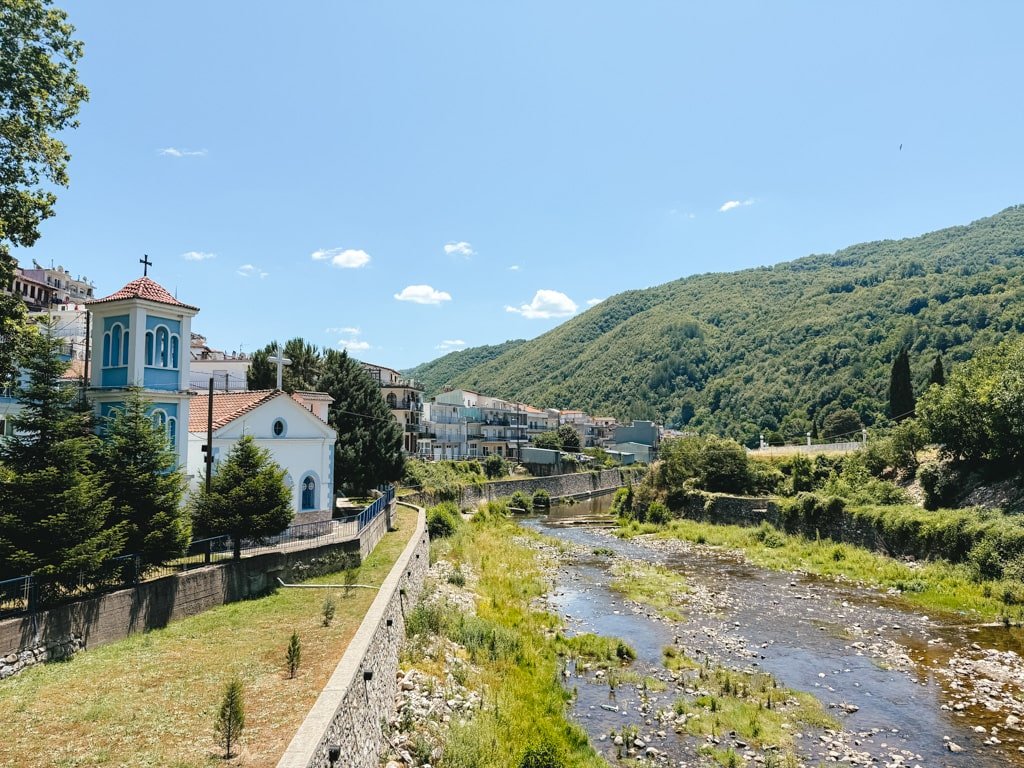
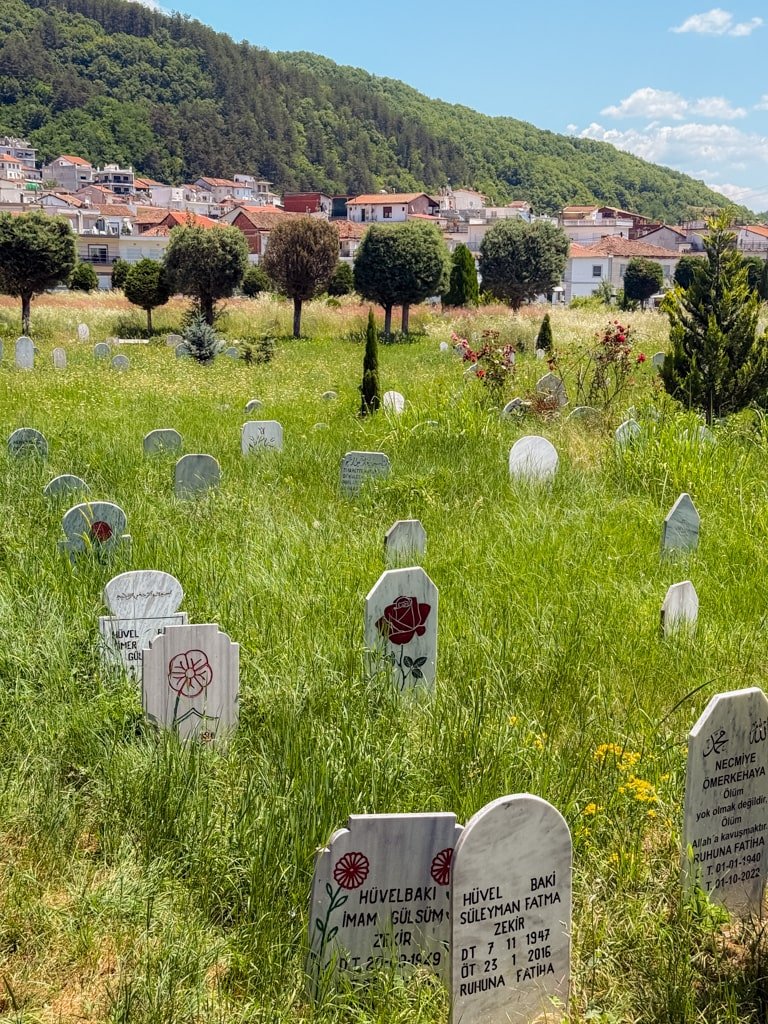
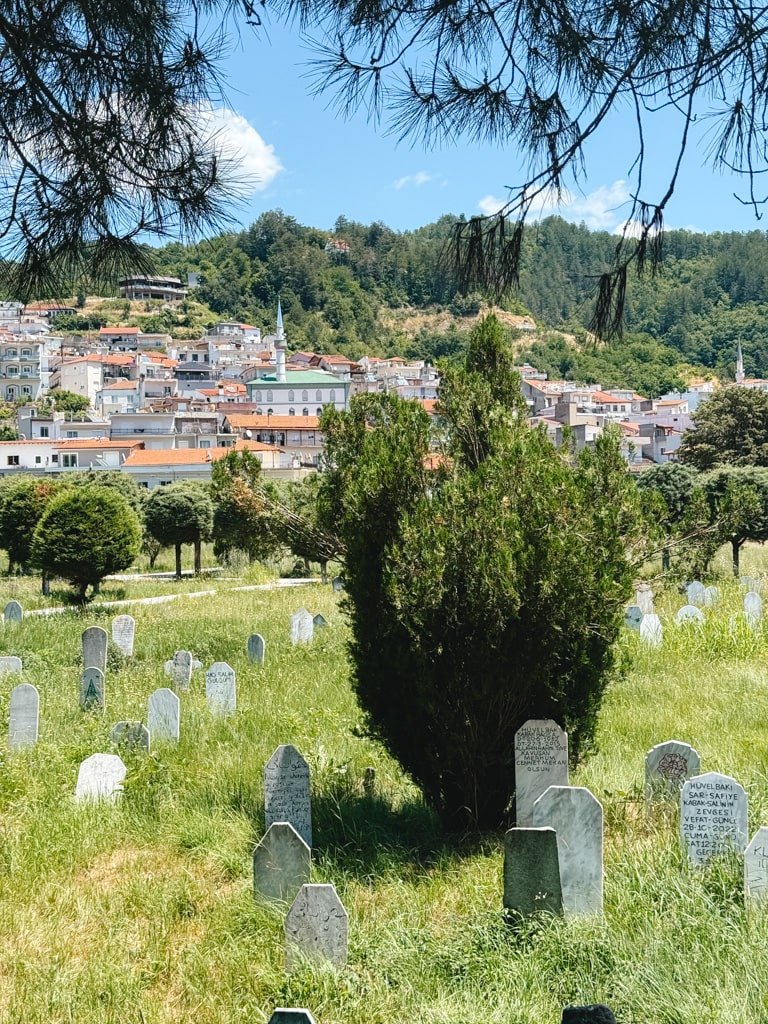
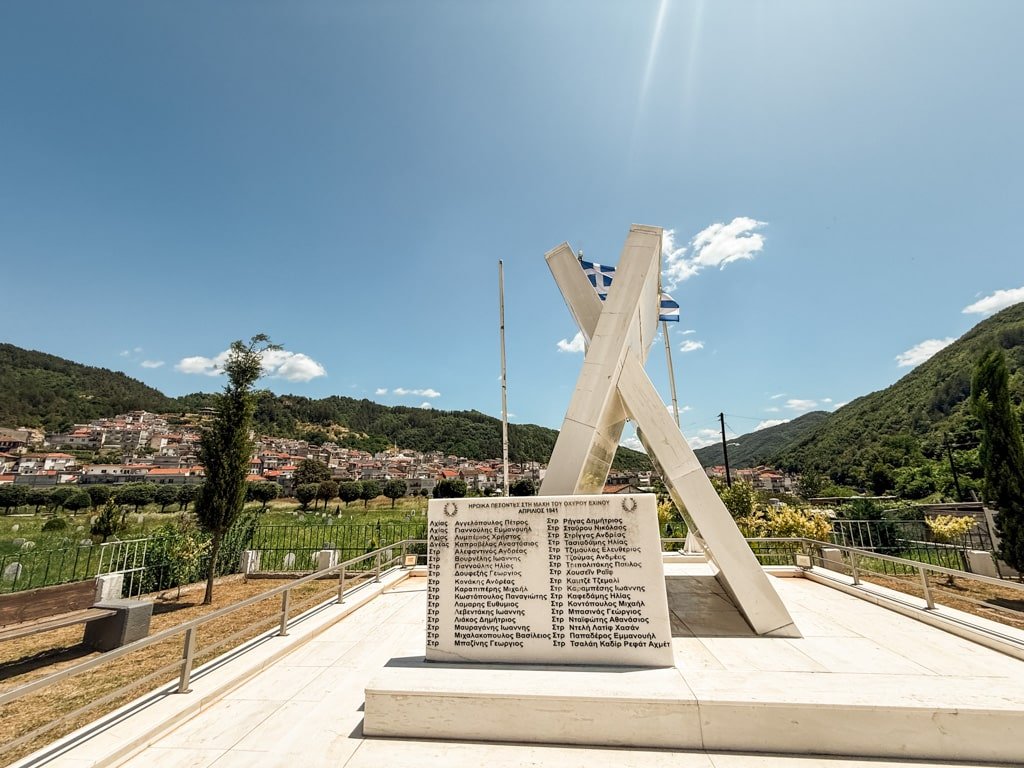
Second stop: Thermes (Kato, Mesa, Ano)
From Echinos, the road climbs towards Thermes, which is actually made up of three villages: Kato Thermes, Mesa Thermes, and Ano Thermes. They’re built along the mountainside, each with its own feel and rhythm.
The highlight here is definitely the hot springs. Natural thermal water bubbles up at temperatures around 25–50°C. You’ll find both public baths and hotel-run pools, some of which have been recently refurbished. If you’re planning to stay overnight, Thermes offers rooms and basic guest amenities, making it one of the few spots along the route where you can comfortably sleep over.
The public baths are free to access, but be warned the water is extremely hot. Personally, I couldn’t even keep my feet in for long, but there were plenty of people happily soaking and relaxing.
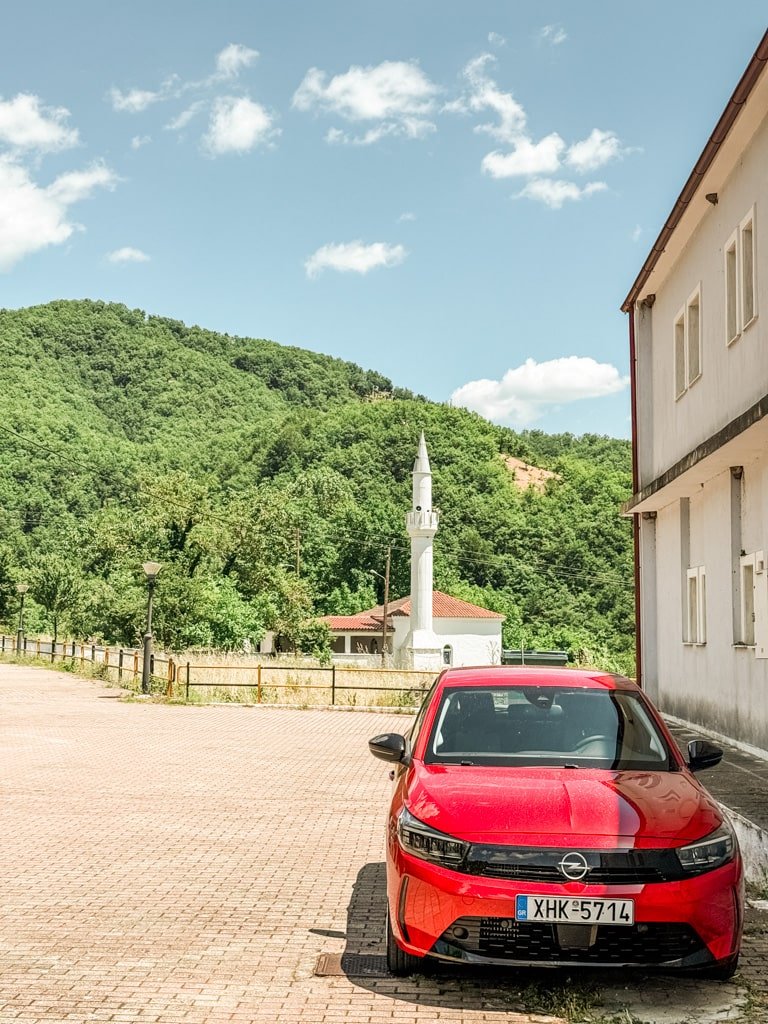
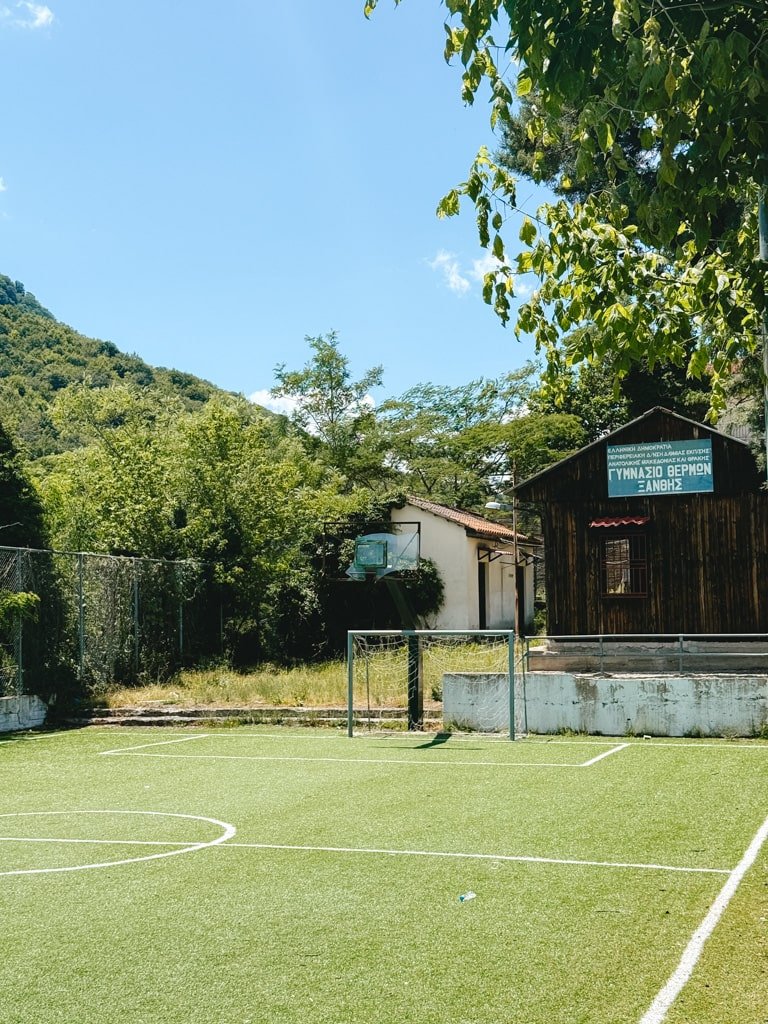
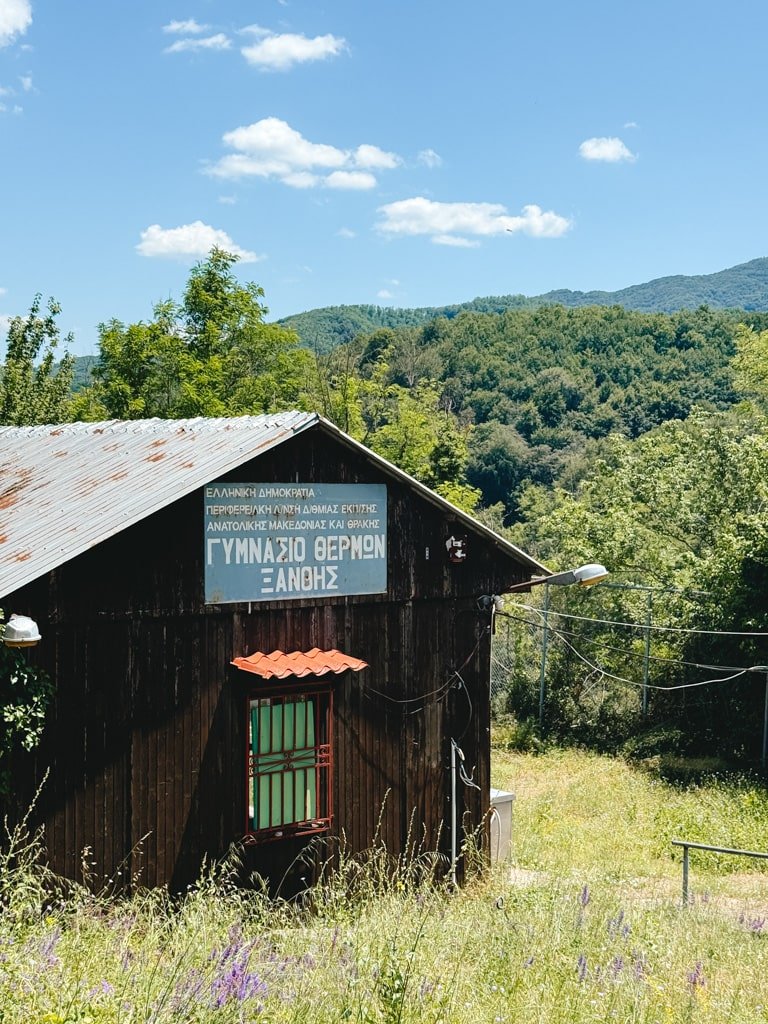
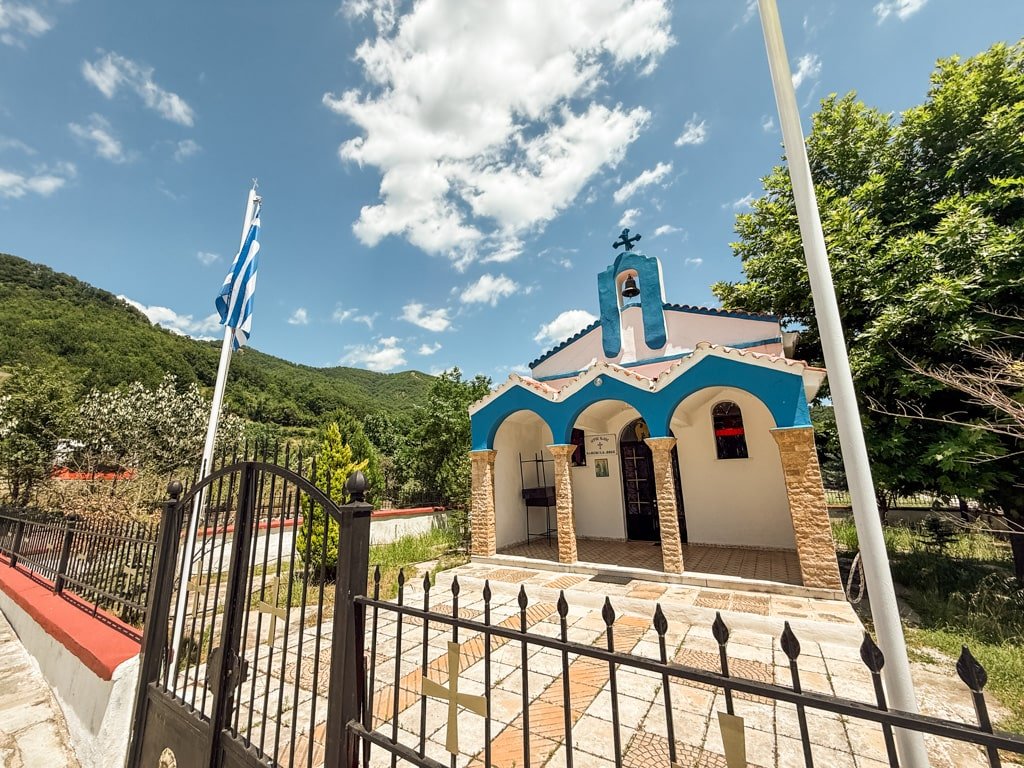

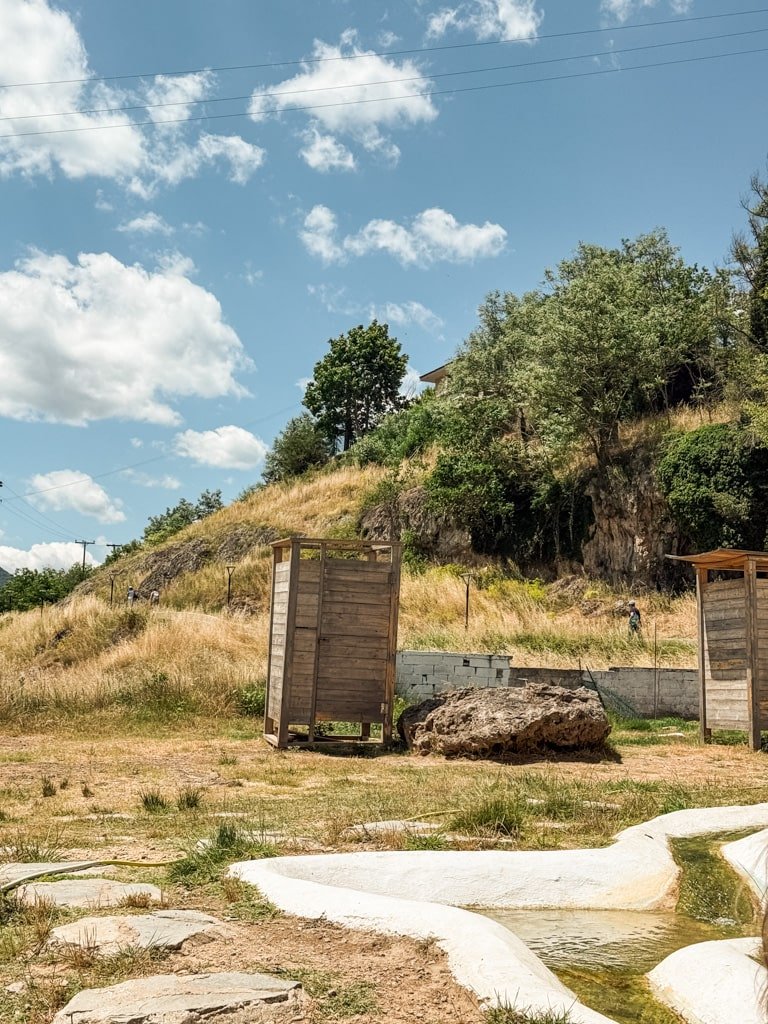
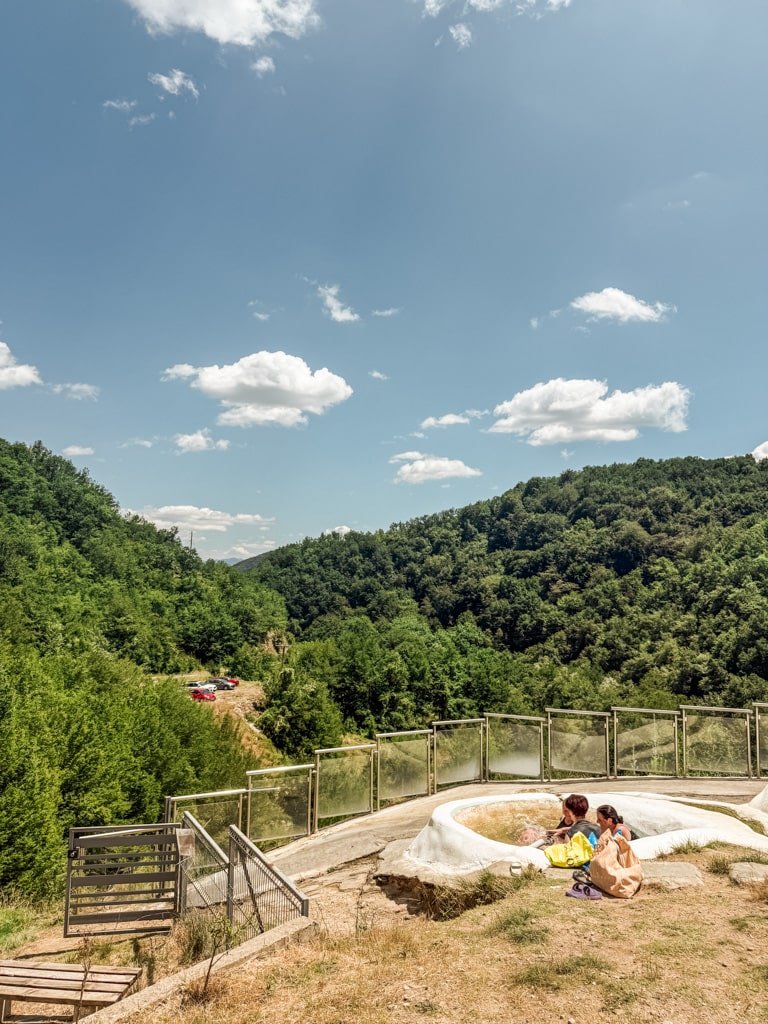
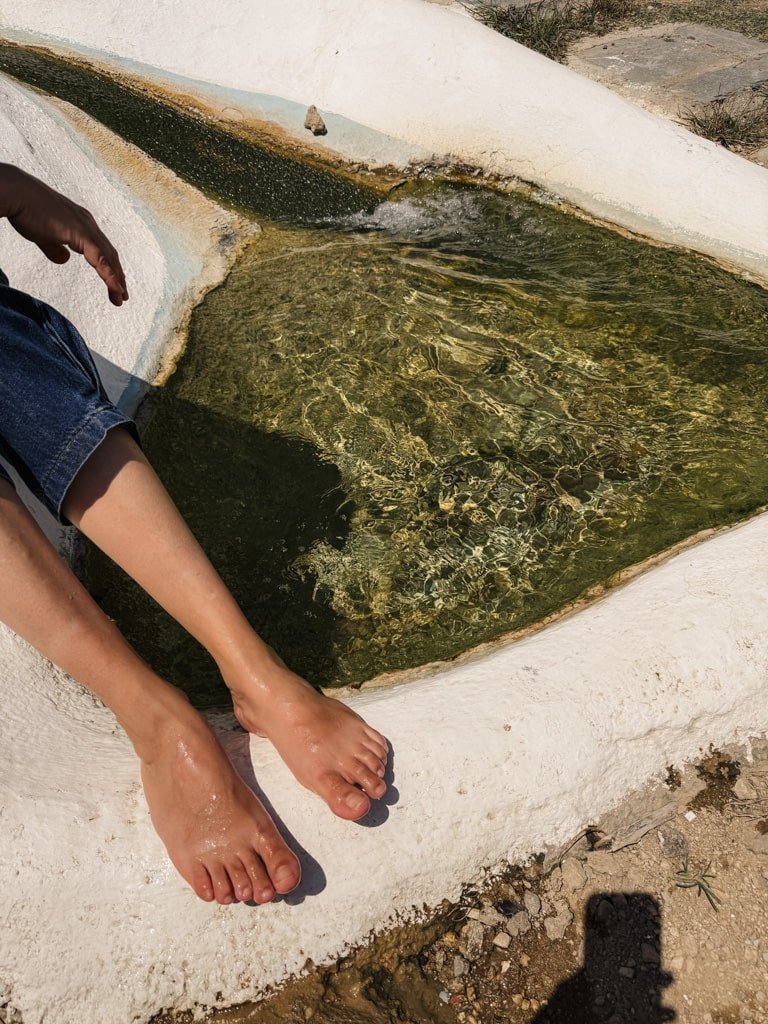
Third stop: Medousa
A little further along the mountain road is Medousa, a smaller and more peaceful village with a stone bridge right in the center. It’s a great photo spot, especially with the surrounding forest and water. There’s not much in the way of shops, but that’s part of the charm. It’s the kind of place where you park the car, walk for a bit, and take in the silence.
This is also where the paved road ends, and if you’ve made it this far, it’s worth continuing. From here, the final stretch to Kottani begins, and while the road gets rougher, the destination is something special.
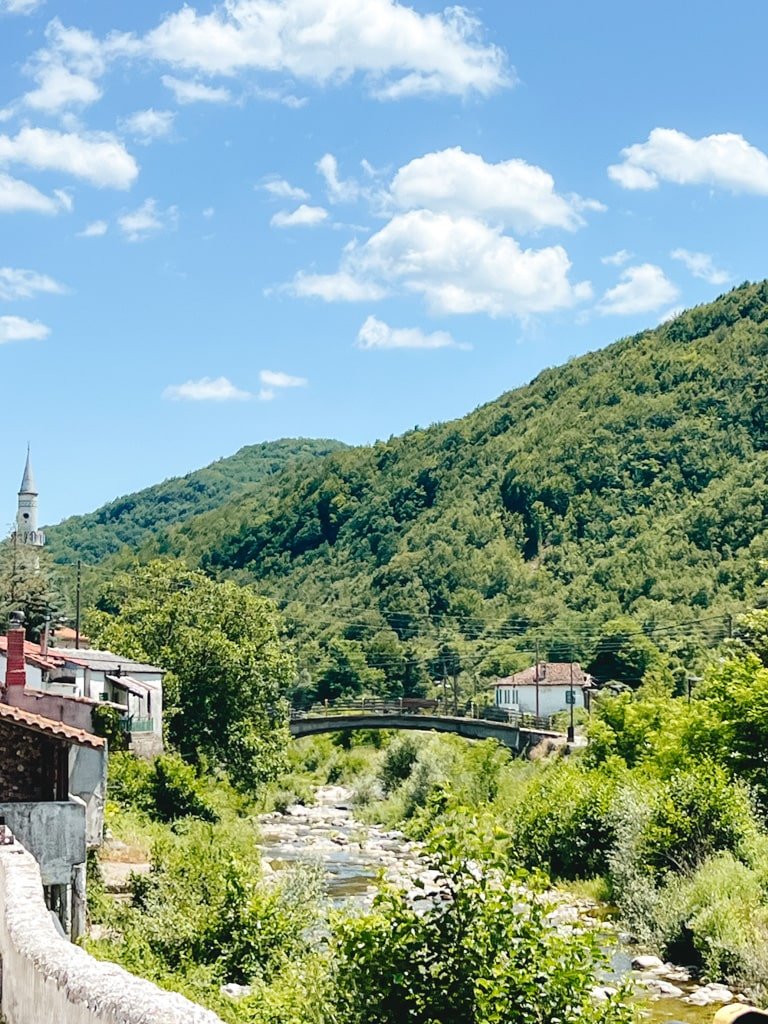
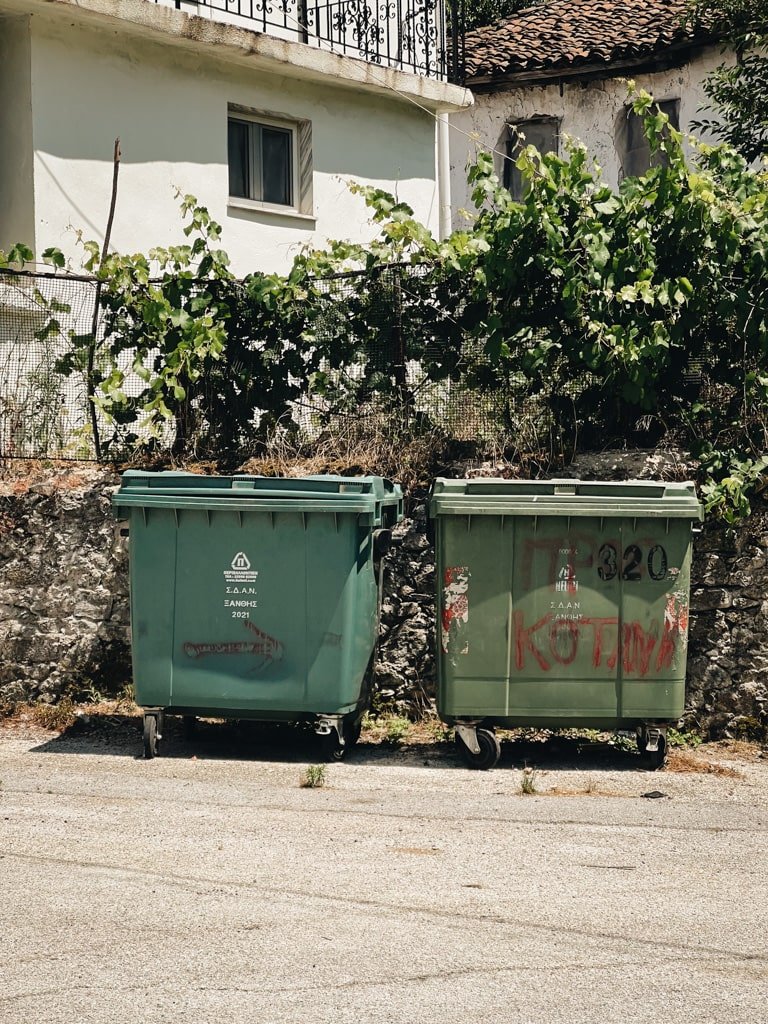
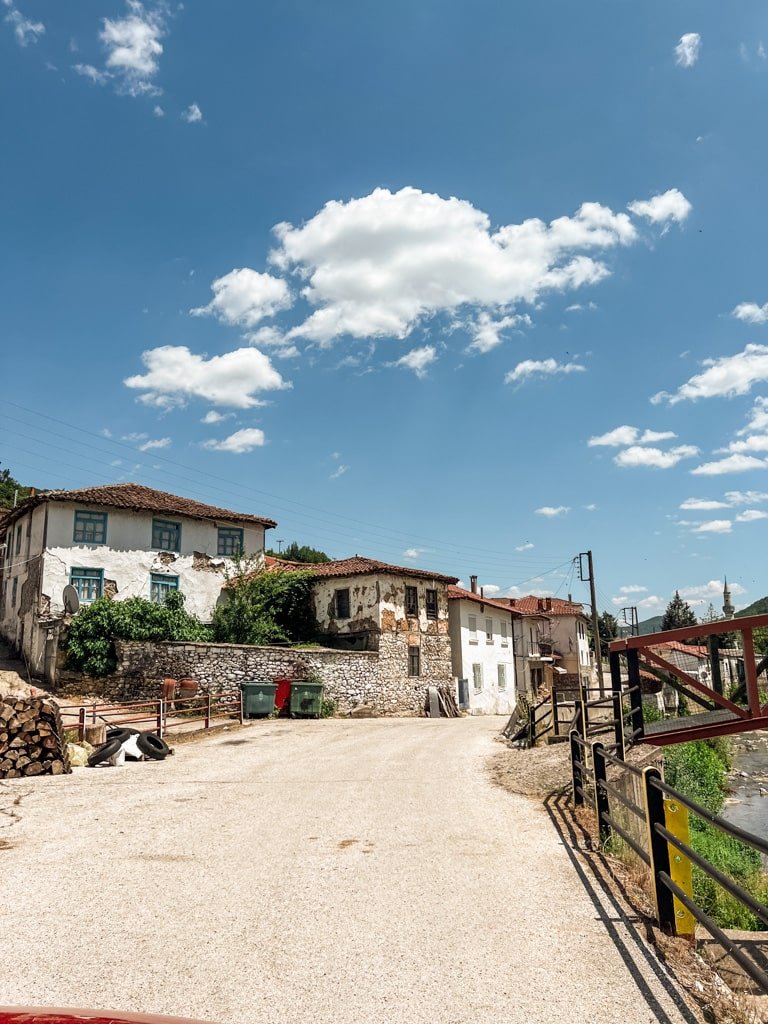
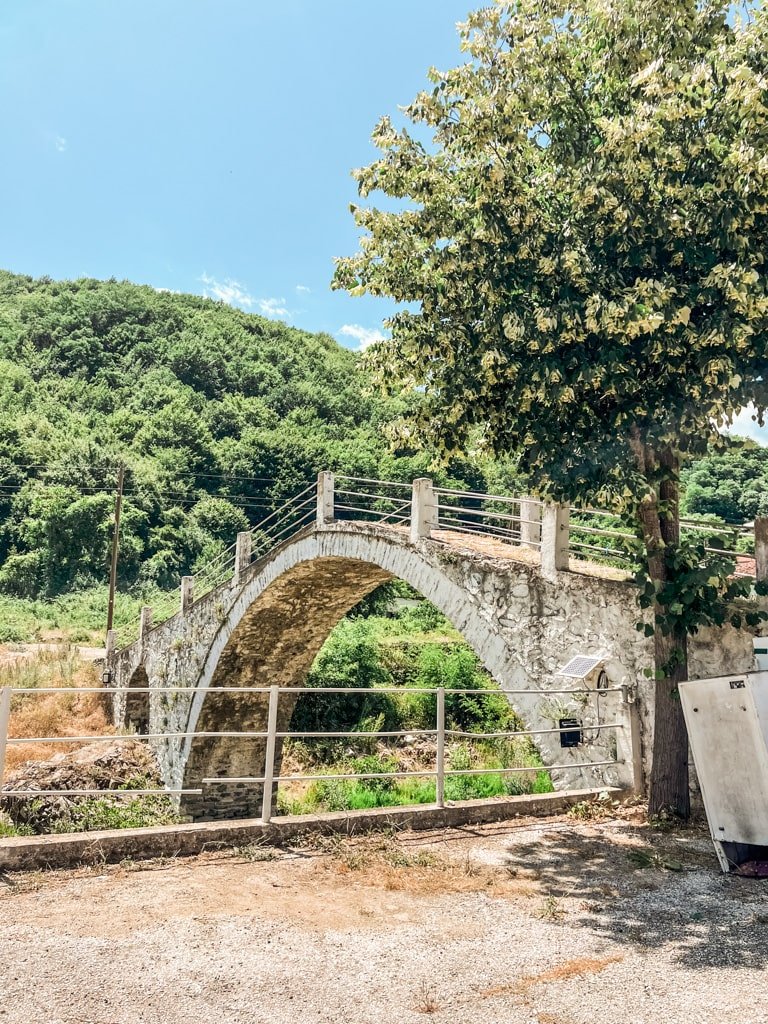
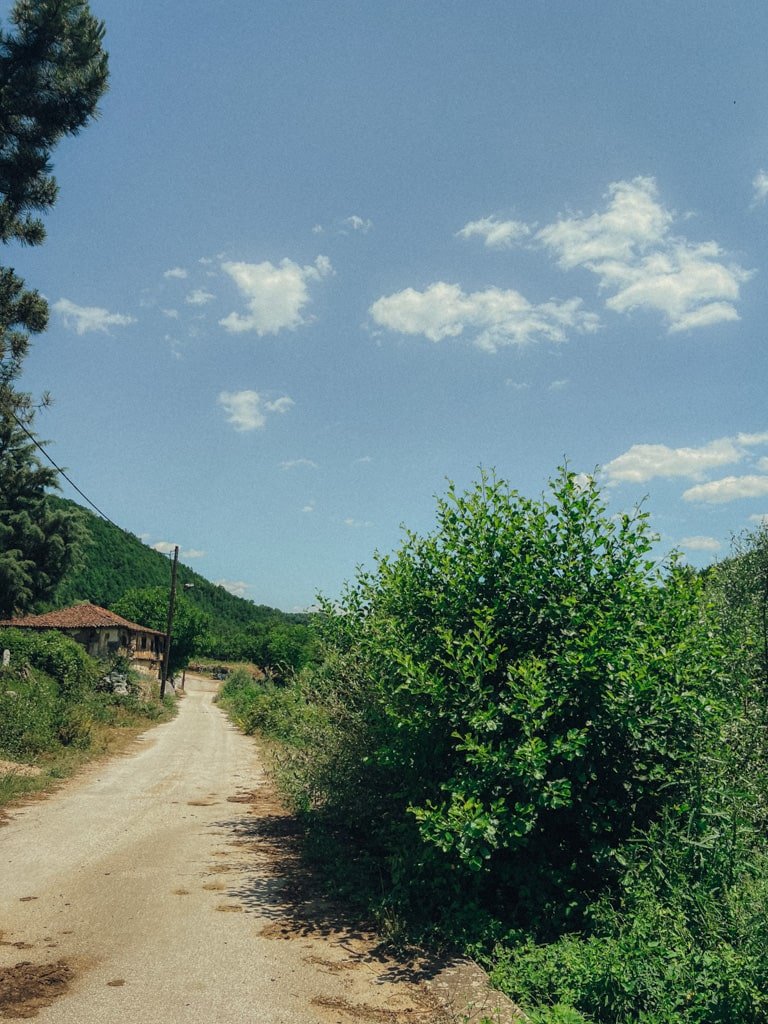
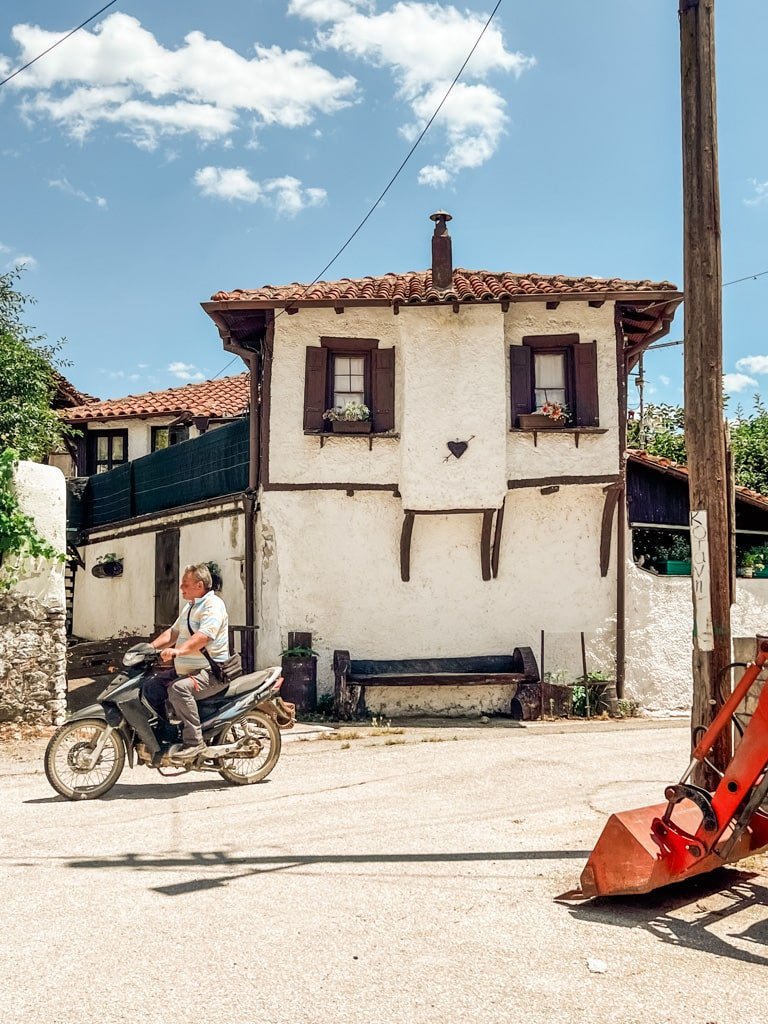
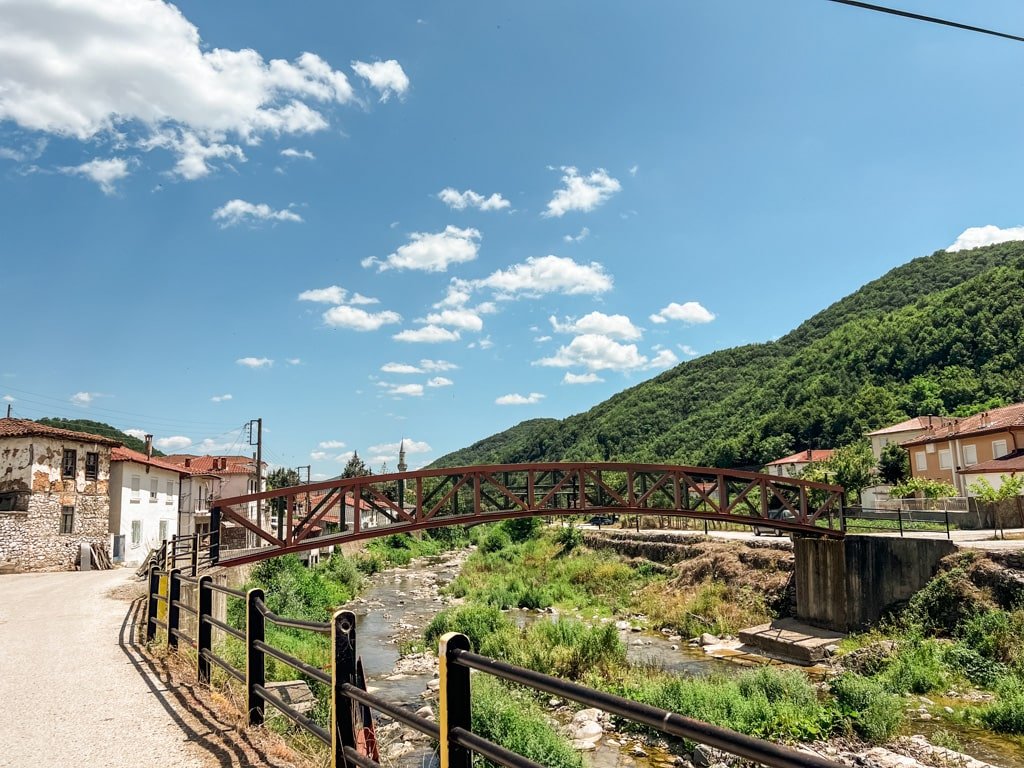
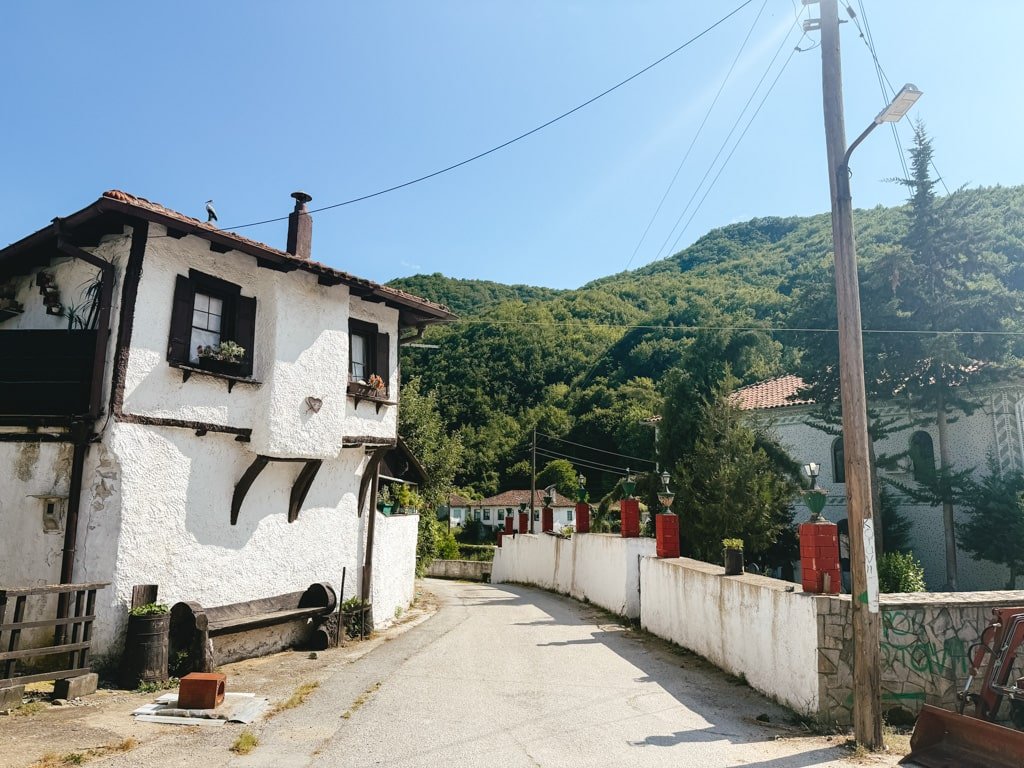
Final stop: Kottani
This is where the real adventure kicks in. From Medousa, the asphalt gives way to a dirt road that winds its way up the mountain for about 5 kilometers. It was only built in 1998. Before that, the only way to reach Kottani was on foot or by mule. Even now, it’s a slow and bumpy drive, with hand-painted signs on bins and fences showing you the way. Don’t let that stop you. Getting here feels like reaching the edge of the map and it’s totally worth it.
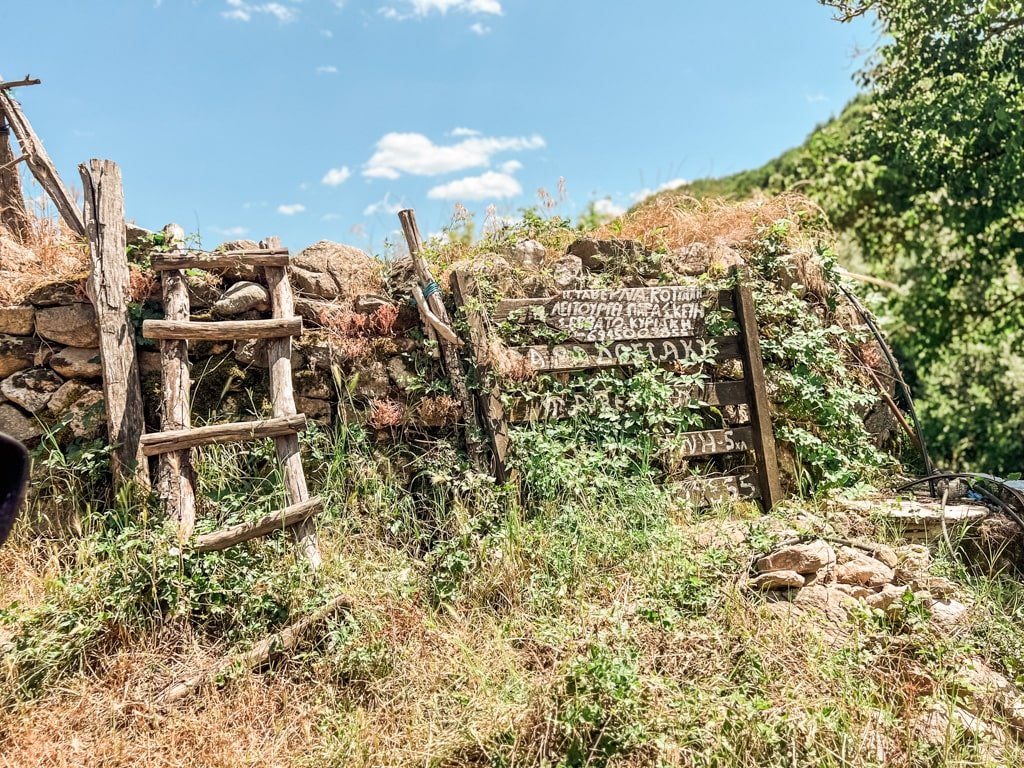
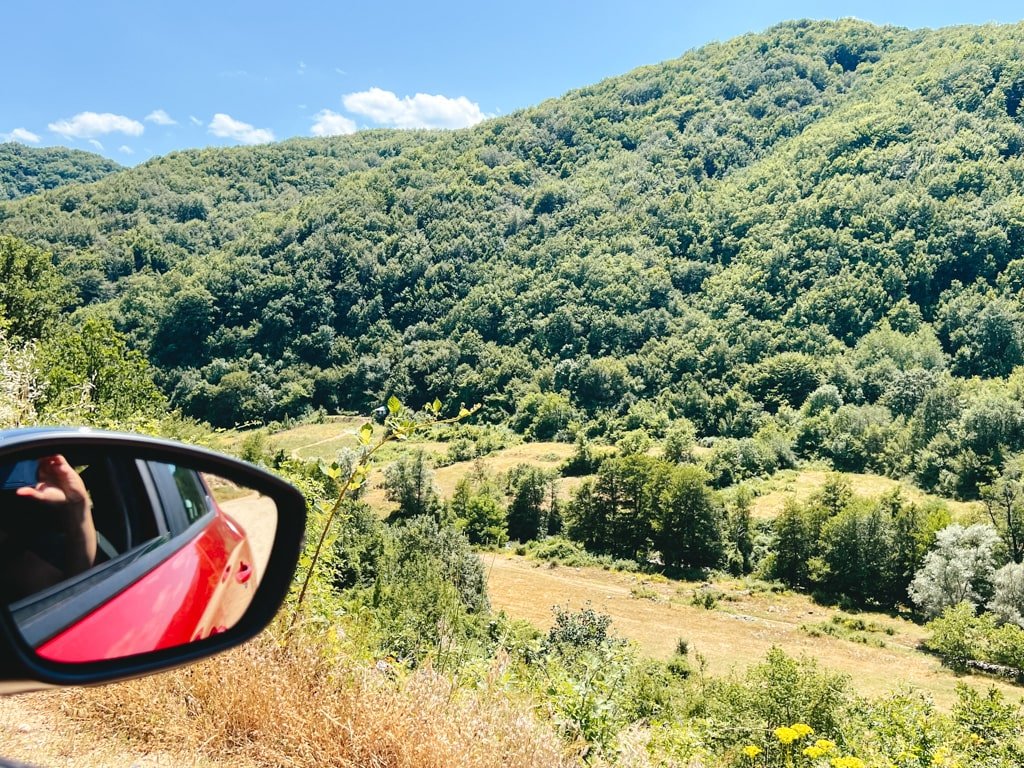
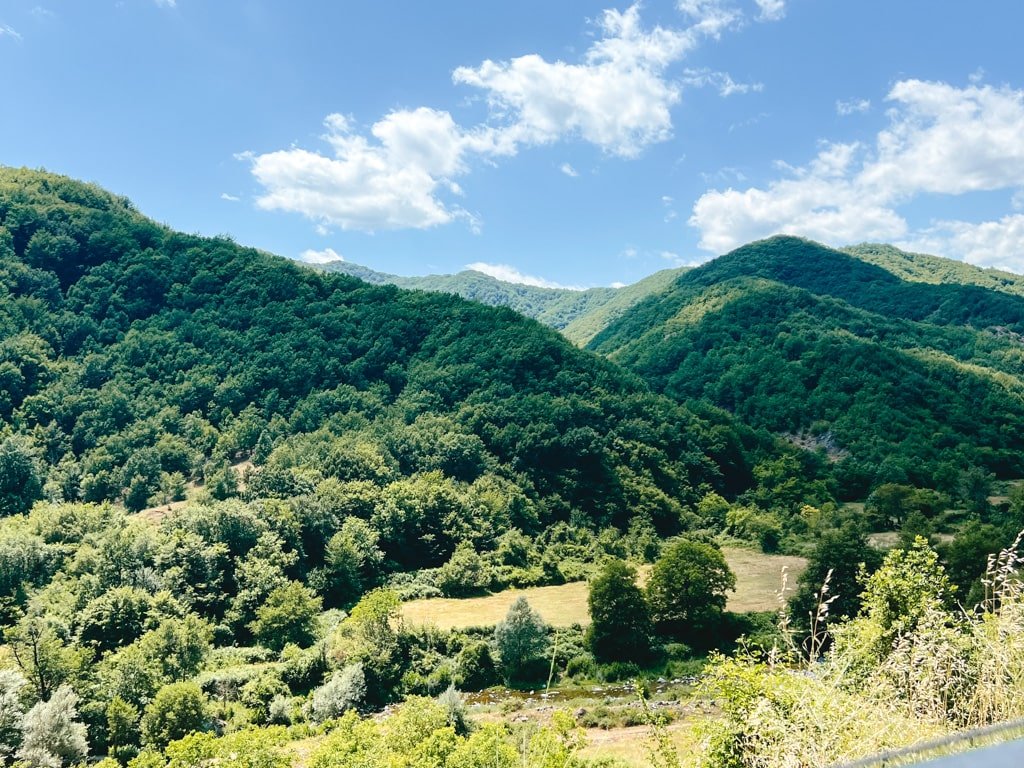
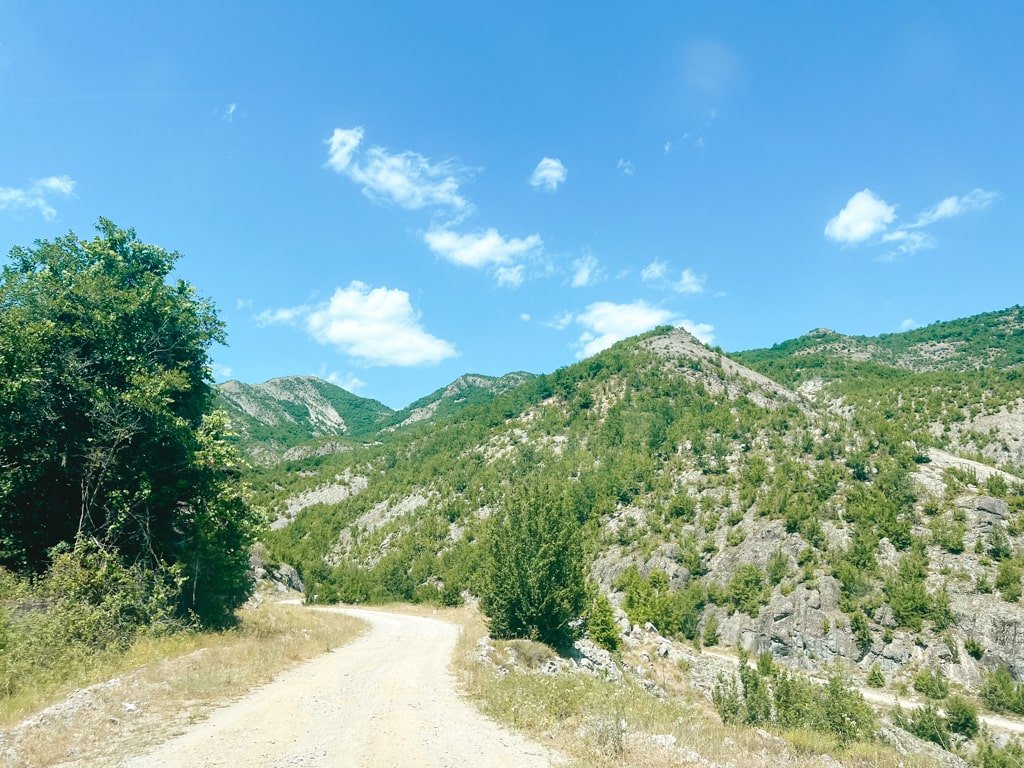
Kottani is tiny. No shops, no signal, no Wi-Fi. Bring cash because the card machine doesn’t work, and don’t expect to check your messages. While we were chatting inside the taverna, Jemil — without me even asking — said,
“If you’re going to write about this place, write that we still don’t have a proper road. We need them to remember we’re here.”
The taverna here, run by Jemil and his wife Mousgien, is hands down one of the top gastronomy stops in the region. It’s set inside their 200-year-old family home, part cozy restaurant, part mini museum. Upstairs is like stepping into the past with goat wool rugs, handmade clothes, and traditional Pomak décor. Downstairs, it’s all about the food.
Everything is homemade, seasonal, and packed with flavor. The pies are a must. Try the parénik with cornmeal, cheese, and kavourmas, or the klin with potato and rice. You’ll also find perfectly grilled meats, slow-cooked dishes, wild greens, and eggplant. One of the highlights was a plate of grilled meats made from offcuts, the kind of stuff that only tastes good when done just right. And here, it really was.
There’s nowhere to stay in Kottani, and in winter, the road might be totally inaccessible. But if you call ahead, pack some snacks, and take your time on the road, you’ll be rewarded with one of the most unique and authentic meals you’ll have anywhere in Northern Greece.
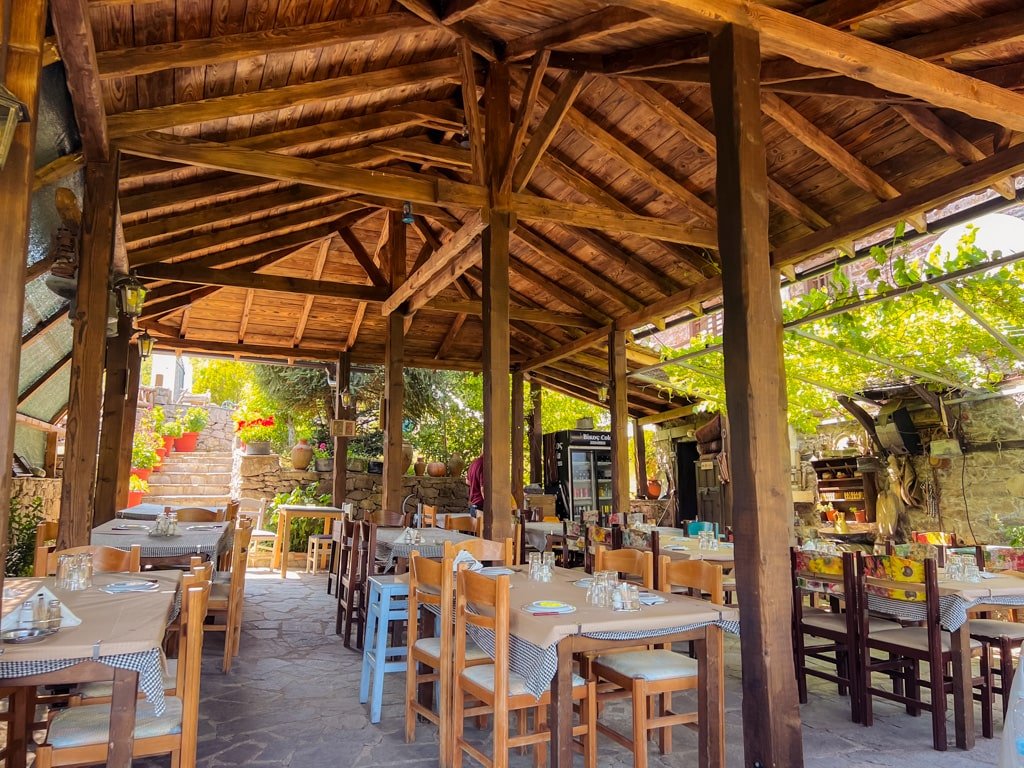
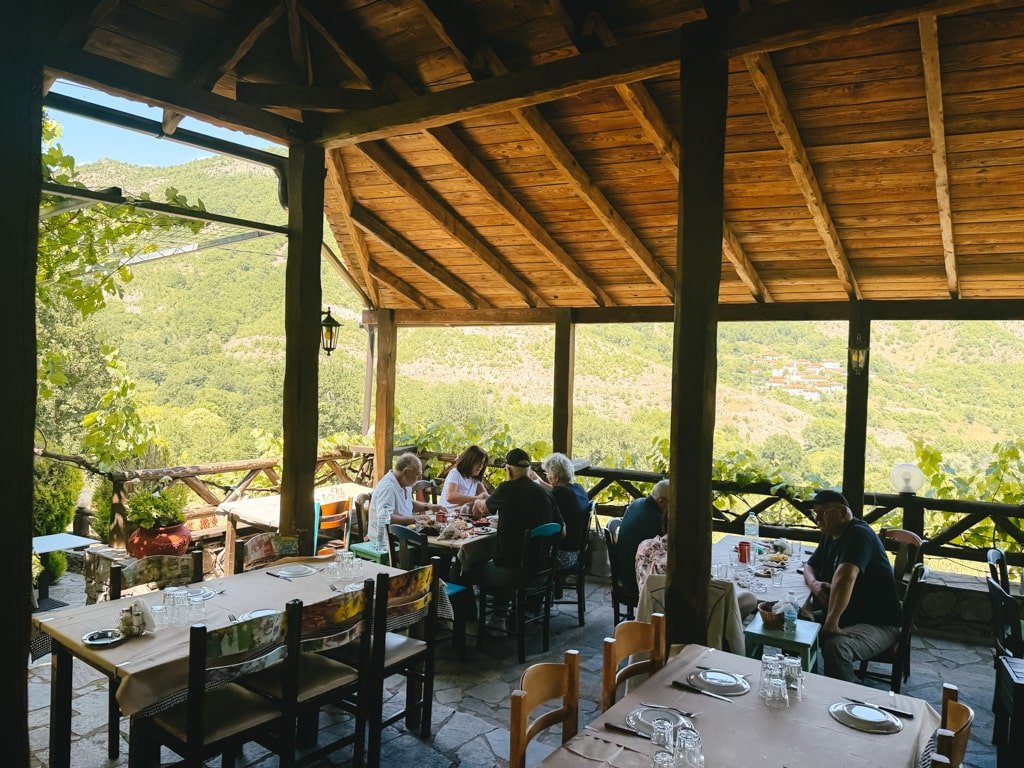
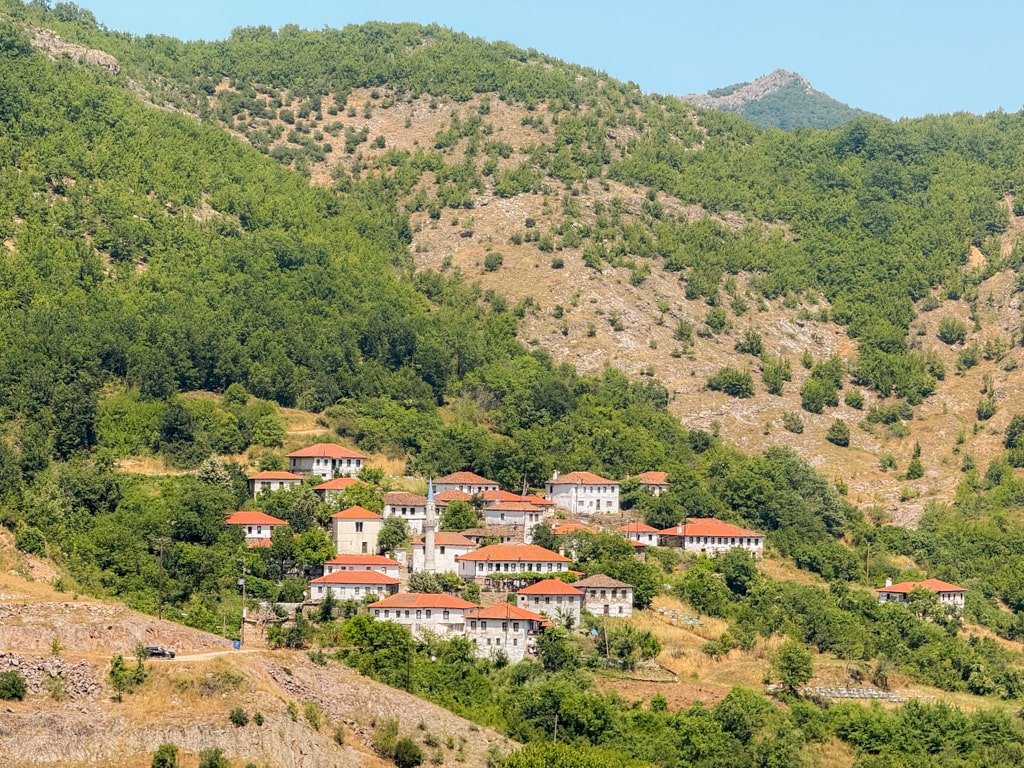
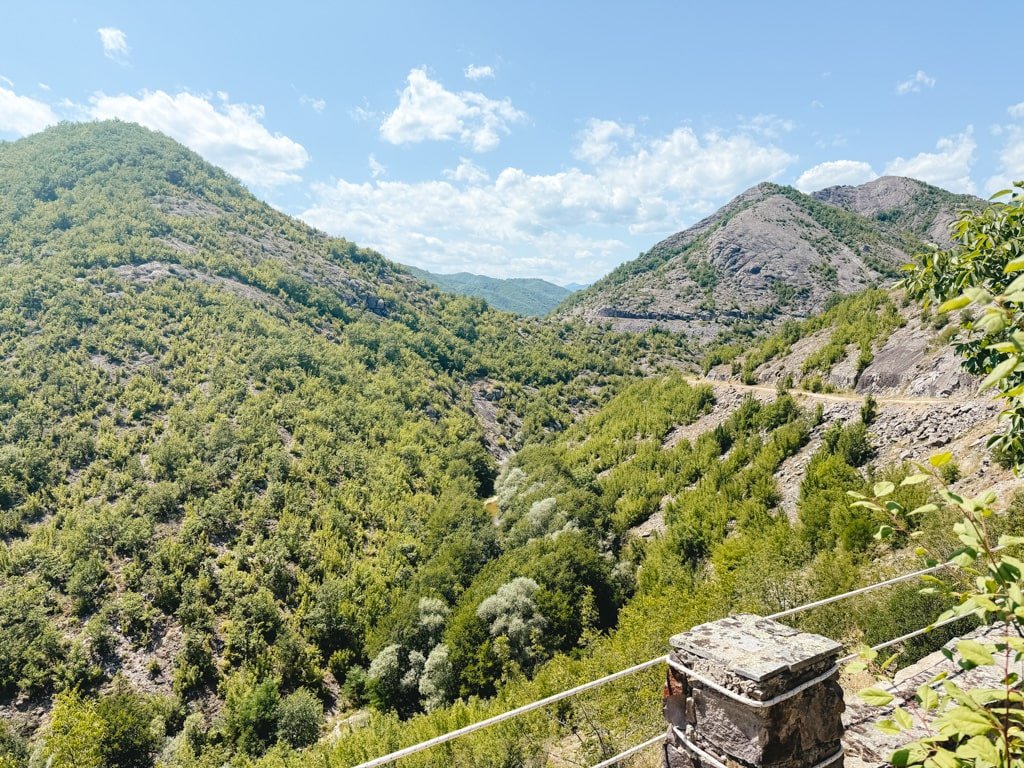
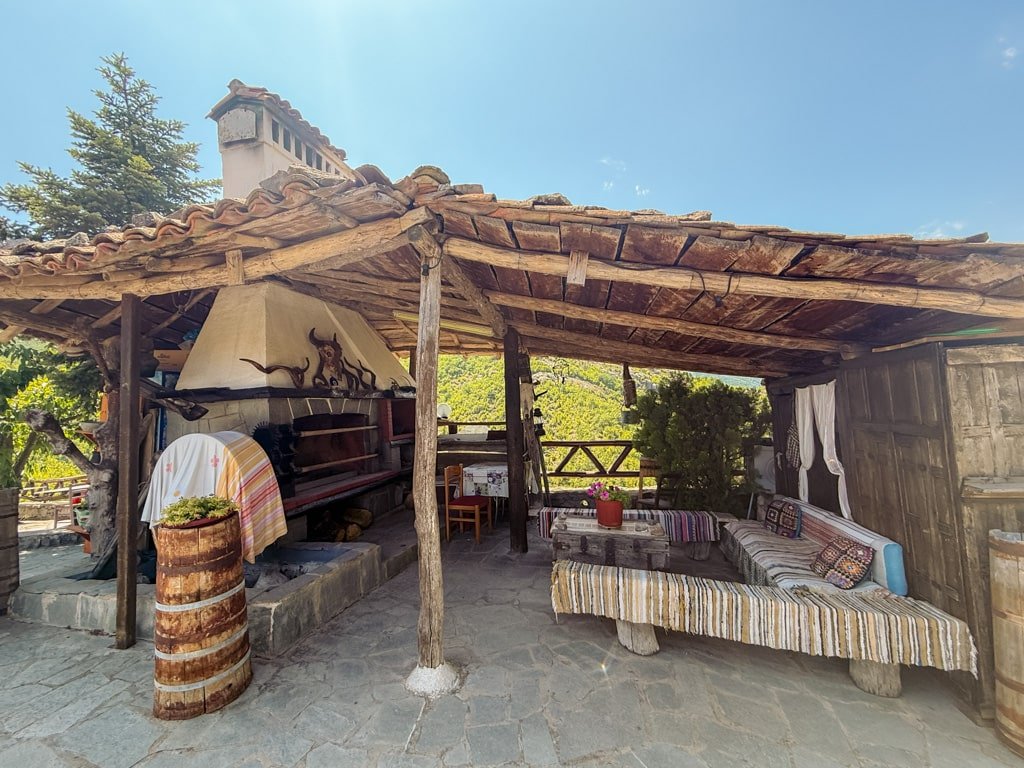
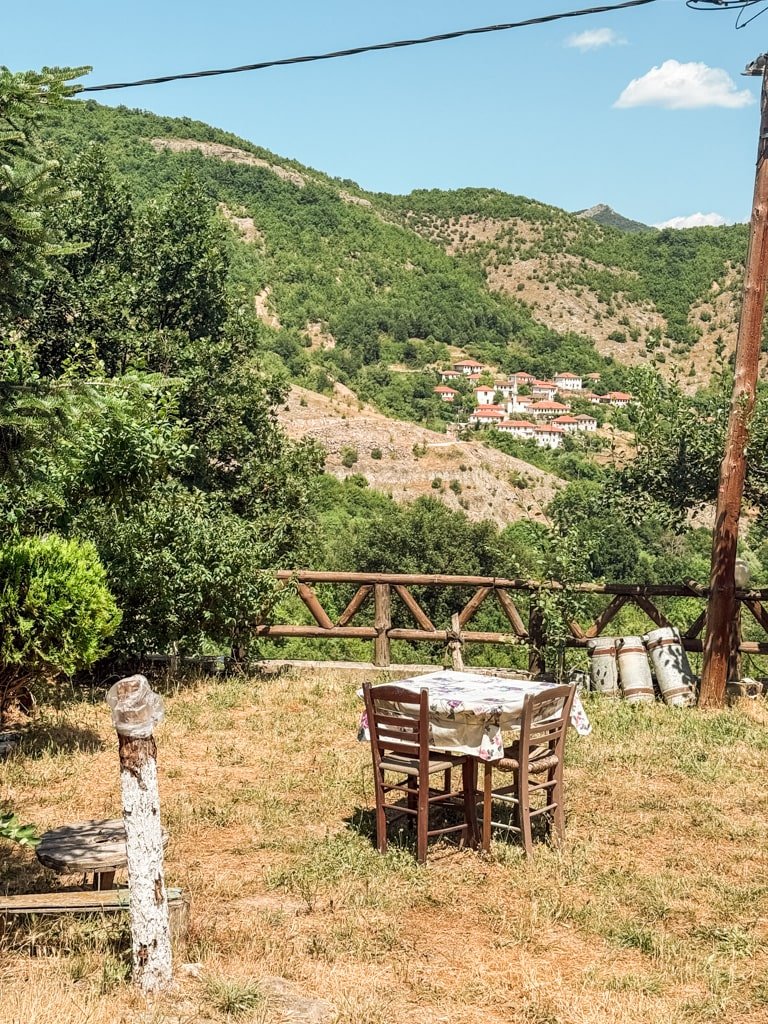
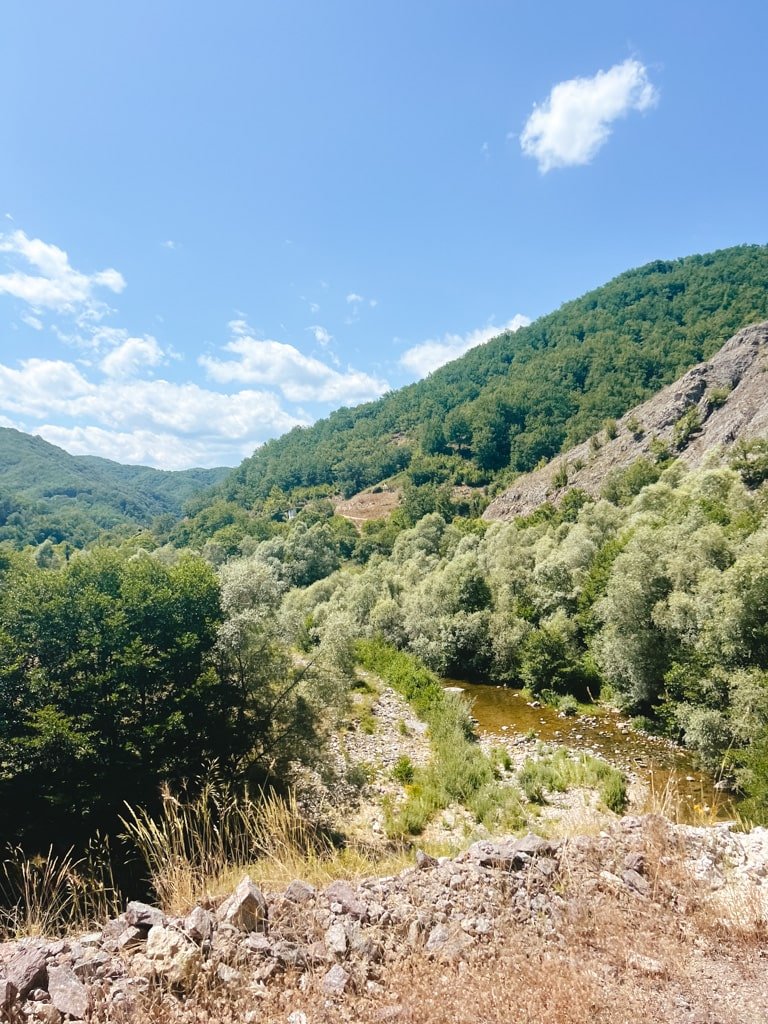
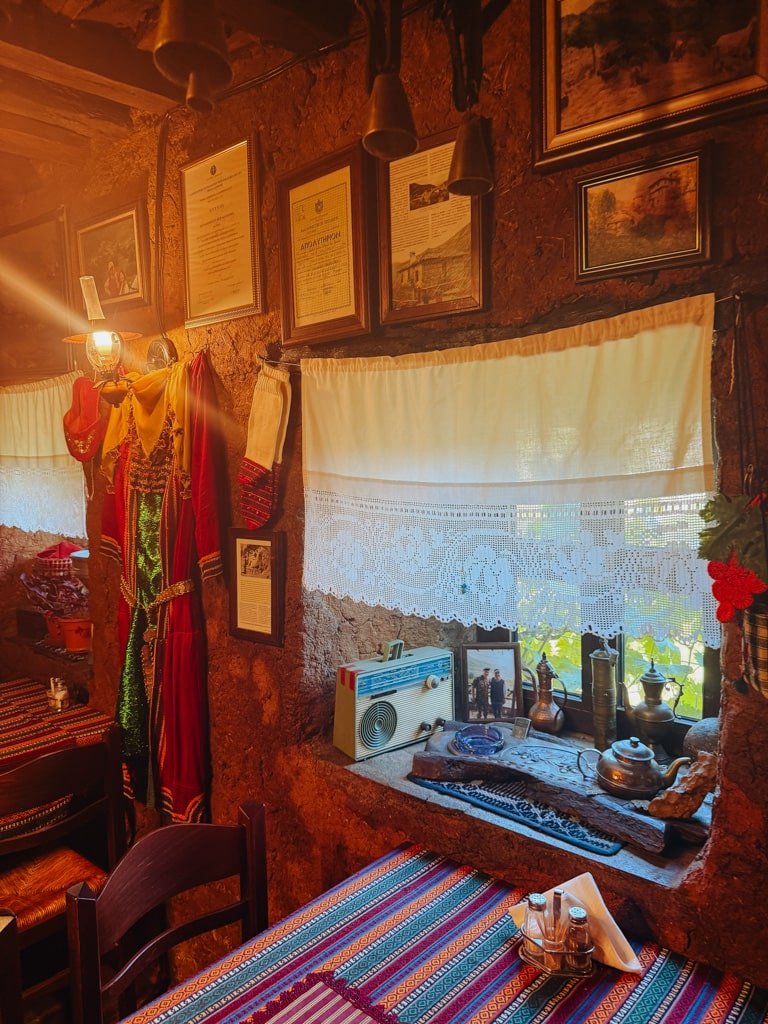
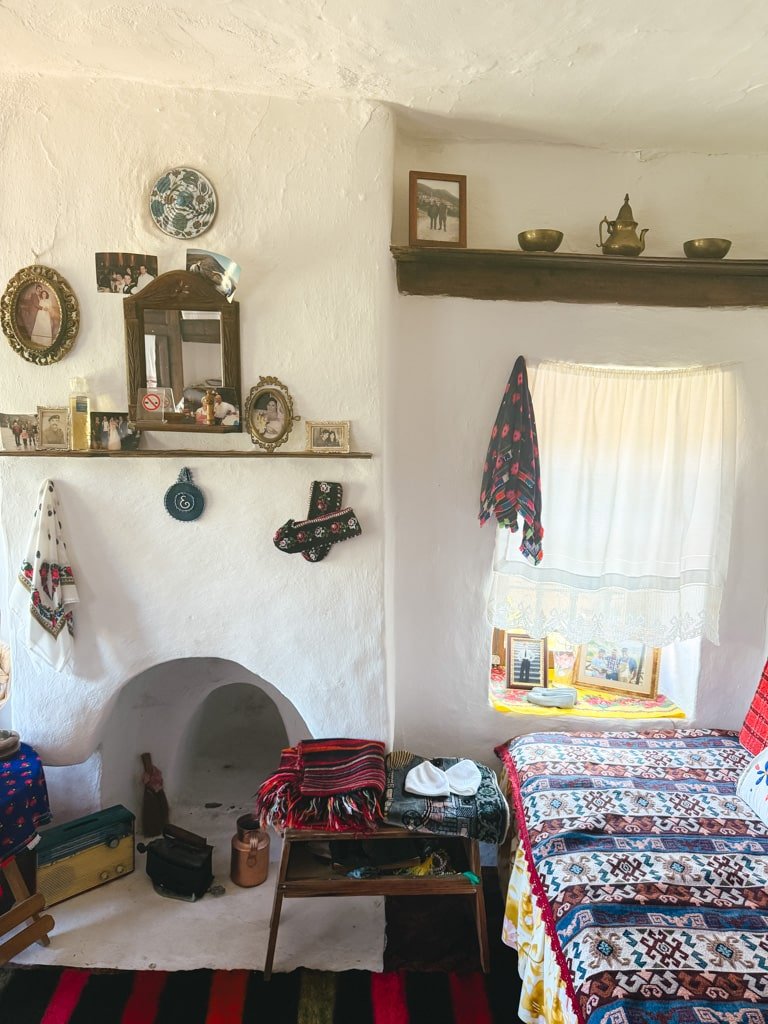
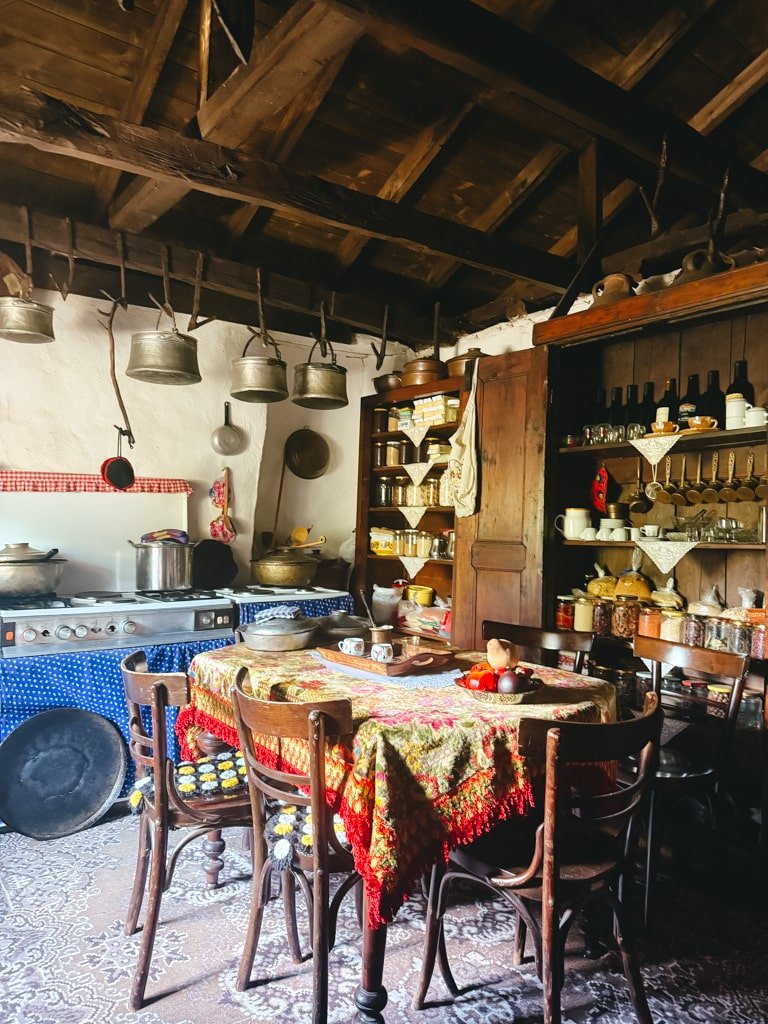
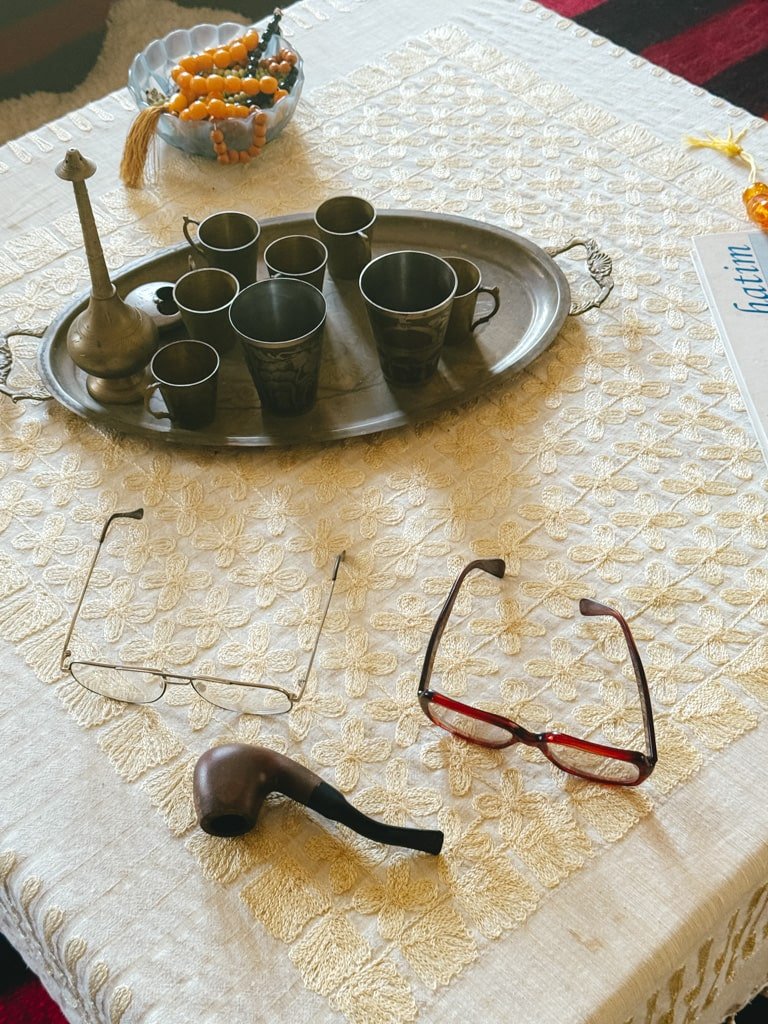
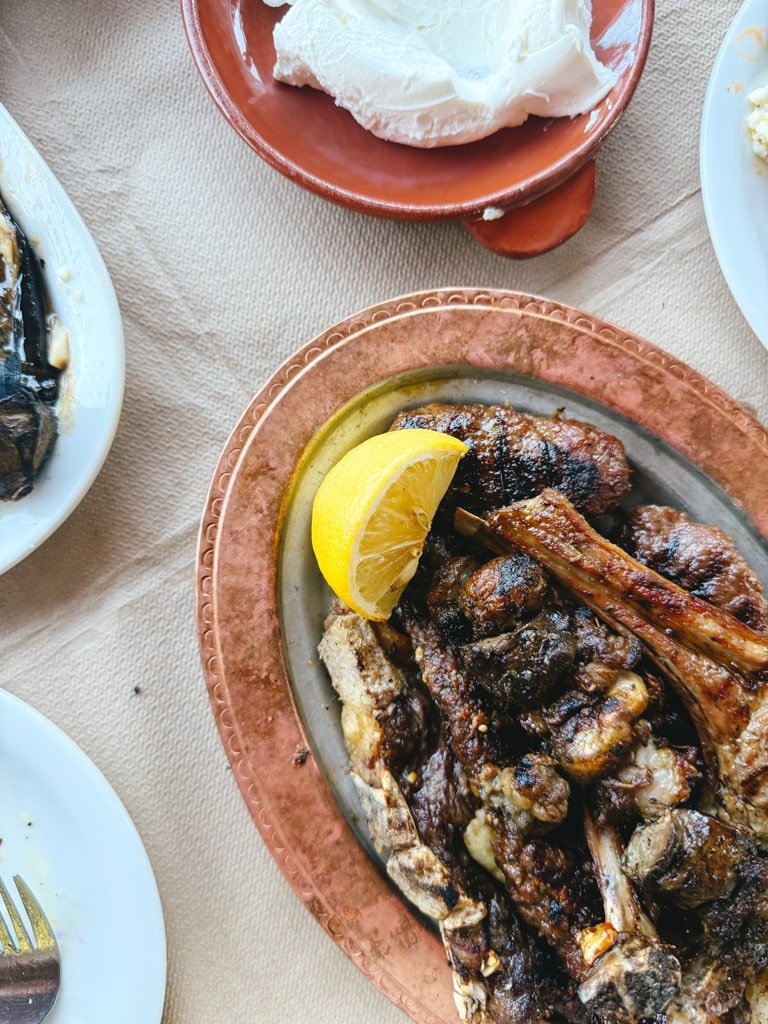

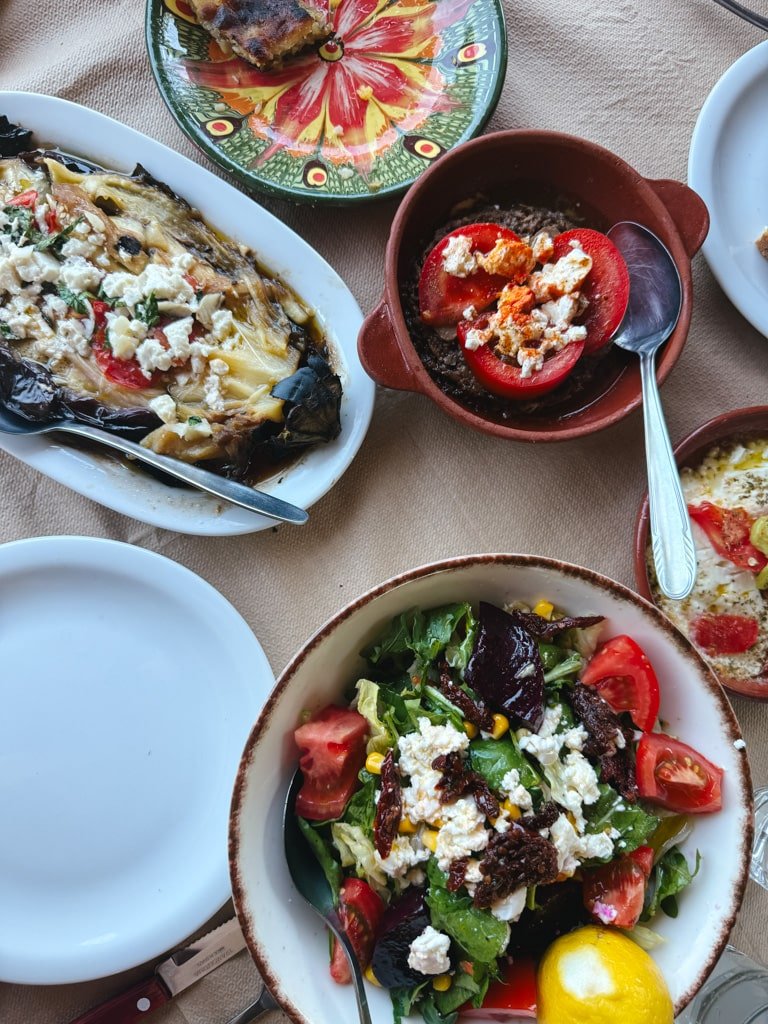
Why visit this area?
If you’ve made it this far, you’re probably the kind of traveler who likes going off the beaten path. And this part of Greece definitely counts. These villages aren’t tourist hotspots, they’re real places with real people, shaped by history, politics, and a daily fight to be seen.
From the winding drive through the Rhodope mountains to that first bite at Jemil’s taverna, what you’ll find here is something rare: a community that’s still holding onto its roots, language, and identity, even when the world around it forgets.
There’s more to explore and even more to understand. This isn’t just a pretty drive or a good lunch (though it’s definitely both). It’s a chance to see another side of Greece, one that most people don’t talk about. And maybe, that’s exactly why you should.
ESSENTIAL INFORMATION
Must Know When Visiting Greece
- Emergency: Dial 112 for all emergencies. For police, dial 100. For ambulance 166. For fire dial 199.
- Language: English is widely spoken in most tourist areas. Common phrases to learn are “Kalimera” (Good morning), “Yia” (Hello and Bye – informal), and “Efharisto” (Thank you).
- Water: Tap water is safe in Athens, mainland Greece and a small number of islands. Always ask beforehand.
- Driving: Right-hand side, international driving permit recommended. Book your rental car with Discover Cars for the best rates and comparisons across all major and local companies.
- Accommodation: Booking.com for the most options on hotels, apartments and hostels. Free cancellation in a lot of places and no need to pre-pay. Great for their rewards points system.
- Islands: There are a lot of islands, spread out around the country. Start with a map or ferry service to get an idea of travel times. Ferry Scanner is the best for ferry bookings to the Greek islands.
- Activities: From cultural sights to day trips, food tours and city guides, use Get Your Guide.
- Public Transport: For Athens, use the Athens Metro. If you are not renting a car, use Trains (Hellenic Train) or KTEL (Public Buses) services.
- Domestic Airlines: The main airlines for air travel are Aegean Airlines and Sky Express. I recommend Aegean Airlines and its rewards program.
- Taxi: Always use a taxi app, instead of flagging down a taxi from the road. Use FREE Now (formerly BEAT).
- Culture: A siesta nap is still common in less touristy areas. This also means businesses will close between 2 PM – 5 PM. Except for hospitality businesses, everything is closed on Sundays.
